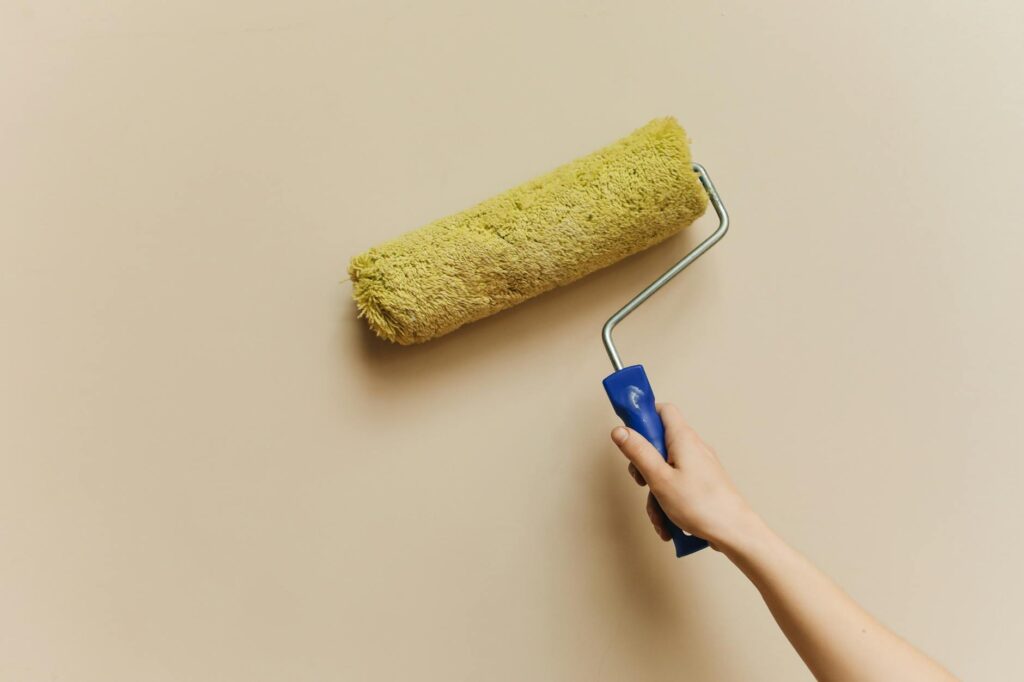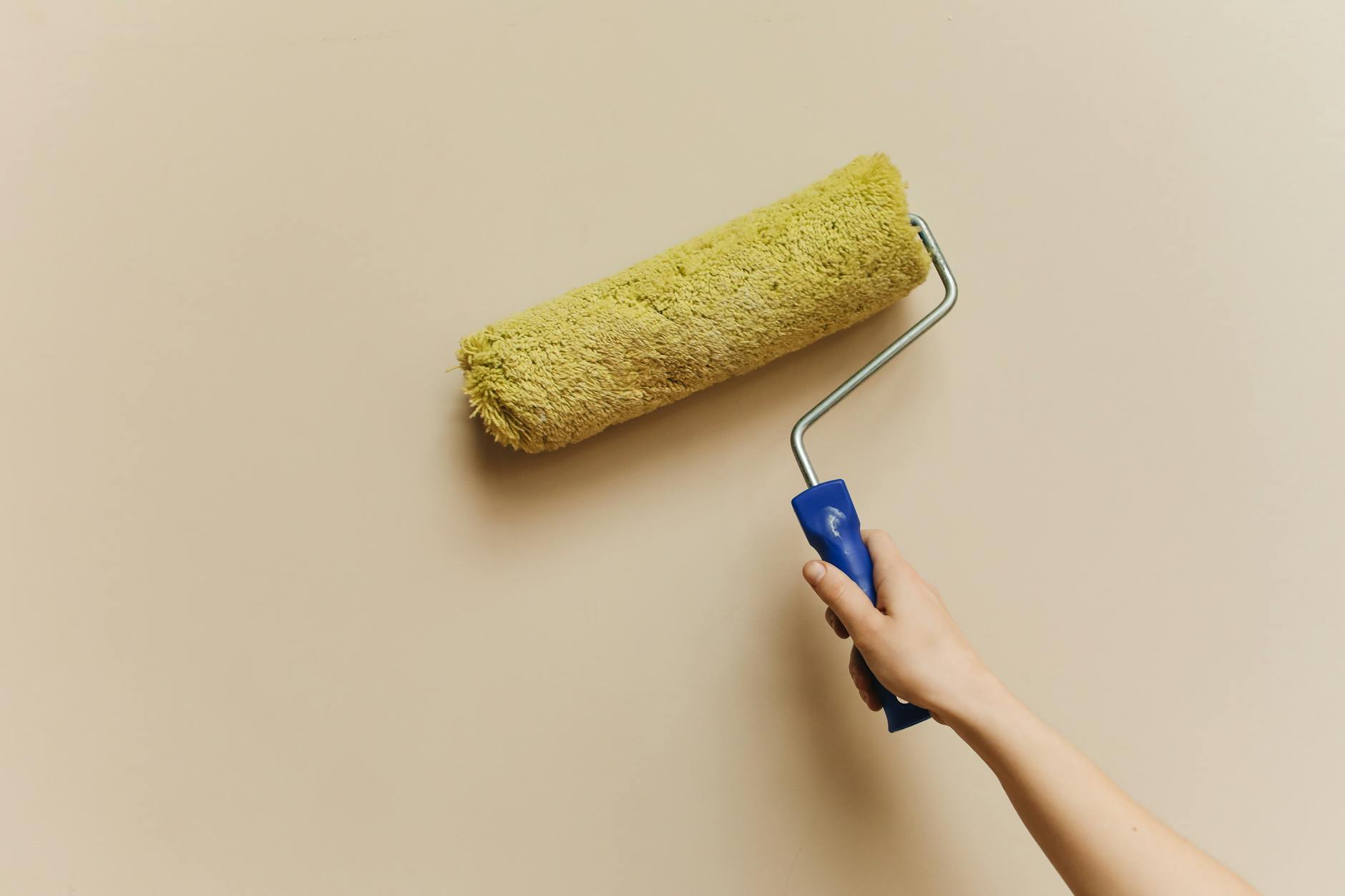What is single-tasking approach?

What is single-tasking approach?
In today’s fast-paced world, we often find ourselves juggling multiple tasks at once. While it might seem efficient, this multitasking can actually be counterproductive. Enter the single-tasking approach, a method that promotes focusing on one task at a time to enhance productivity and mental clarity. This approach stands in stark contrast to the multitasking trend, emphasizing quality over quantity in our daily tasks.
Understanding the Single-Tasking Approach
Single-tasking involves dedicating your full attention to one task until it’s completed, rather than splitting your focus across several activities. This method is rooted in the psychology of attention, which suggests that human brains are wired to concentrate better on a single task. When we switch from one task to another, we often suffer from cognitive overload, leading to mistakes and decreased efficiency.
The Science of Focus
Research has shown that our brains perform better when we concentrate on one thing at a time. A study published in Cognitive Psychology found that multitasking can reduce productivity by as much as 40%. This drop occurs because each time we switch tasks, there’s a lag in cognitive processing. Embracing a single-tasking approach allows us to minimize this lag, making it easier to achieve our goals.
Single-Tasking vs. Multitasking
The key difference between single-tasking and multitasking lies in the way we allocate our attention. When multitasking, we might feel productive, but in reality, we’re spreading our cognitive resources too thin. This can lead to mistakes and increased stress. In contrast, single-tasking encourages a deeper level of engagement, resulting in higher quality work and a more fulfilling experience.
Benefits of the Single-Tasking Approach
Adopting a single-tasking mindset can significantly improve both personal and professional life. Here are some key benefits:
Enhanced Productivity
When you focus on one task, you can produce better quality work in less time. This heightened level of concentration enables you to fully engage with the task at hand. Over time, this leads to faster completion of projects and a greater sense of achievement. As discussed in Verywell Mind, engaging deeply with one task reduces the likelihood of errors, allowing for a smoother workflow.
Reduced Stress and Burnout
Single-tasking doesn’t just boost productivity; it can also enhance your mental well-being. By focusing on one task, you reduce the mental clutter that comes from trying to juggle multiple responsibilities. This can lead to lower stress levels and a decreased risk of burnout. When you finish tasks one at a time, you experience a sense of accomplishment that can be very rewarding.
Implementing the Single-Tasking Approach
So how can you incorporate single-tasking into your daily life? Here are some practical steps to get started:
Setting Clear Priorities
Before diving into your work, take a moment to prioritize your tasks. Determine which ones are the most important and tackle them one at a time. This will prevent you from feeling overwhelmed and help maintain focus. Tools like the Eisenhower Matrix can be helpful in identifying urgent versus important tasks, allowing for effective prioritization.
Creating a Distraction-Free Environment
To effectively practice single-tasking, it’s crucial to eliminate distractions. This might mean turning off notifications on your phone or creating a dedicated workspace free from interruptions. As noted on Ness Labs, designing a distraction-free environment provides the mental space needed to focus fully on your task.

Photo by Polina Tankilevitch
Conclusion: Embracing the Single-Tasking Approach
The single-tasking approach offers a refreshing alternative to the chaotic world of multitasking. By focusing on one task at a time, you can boost your productivity, enhance the quality of your work, and improve your mental health. As you explore this method, remember that adopting new habits takes time. Start small by prioritizing tasks and creating a distraction-free environment. With practice, you’ll find that single-tasking not only makes your work more enjoyable but also significantly enhances your overall well-being.
If you’re interested in further exploring the single-tasking approach for better focus and productivity, check out resources like Foundr and Motion for more insights and tips!